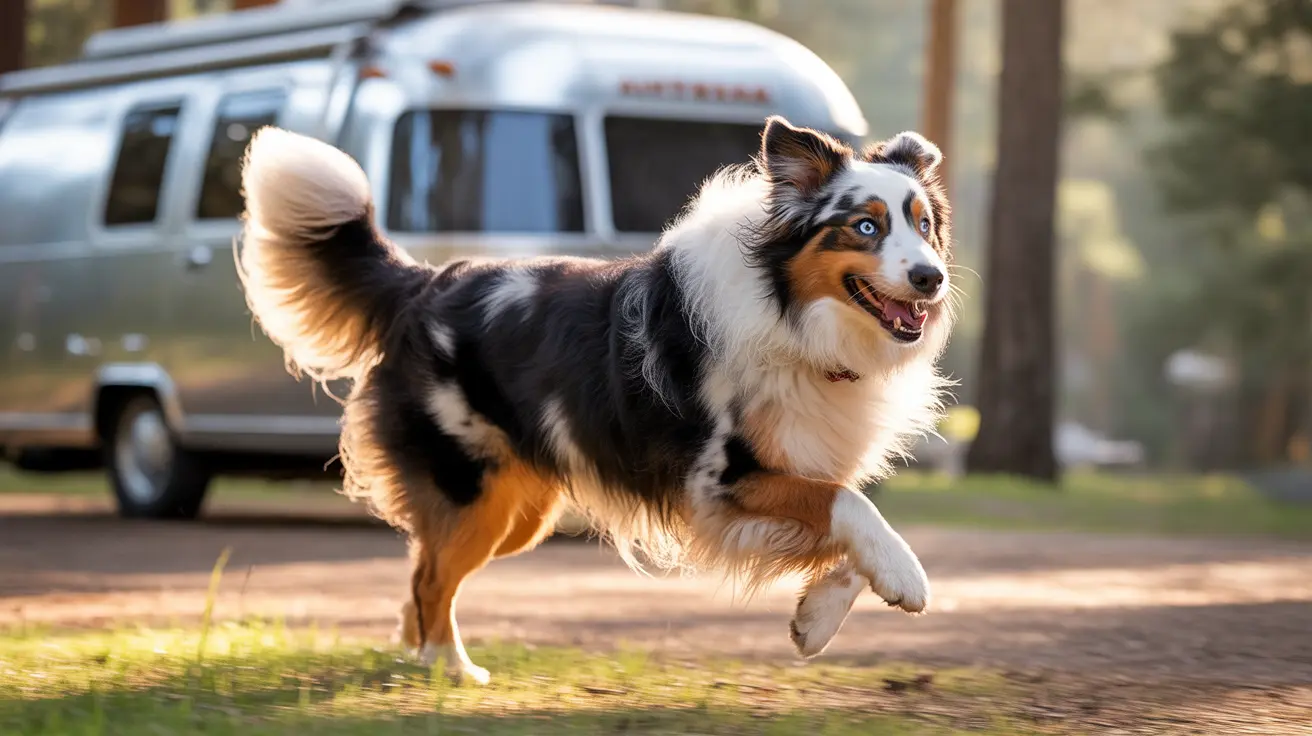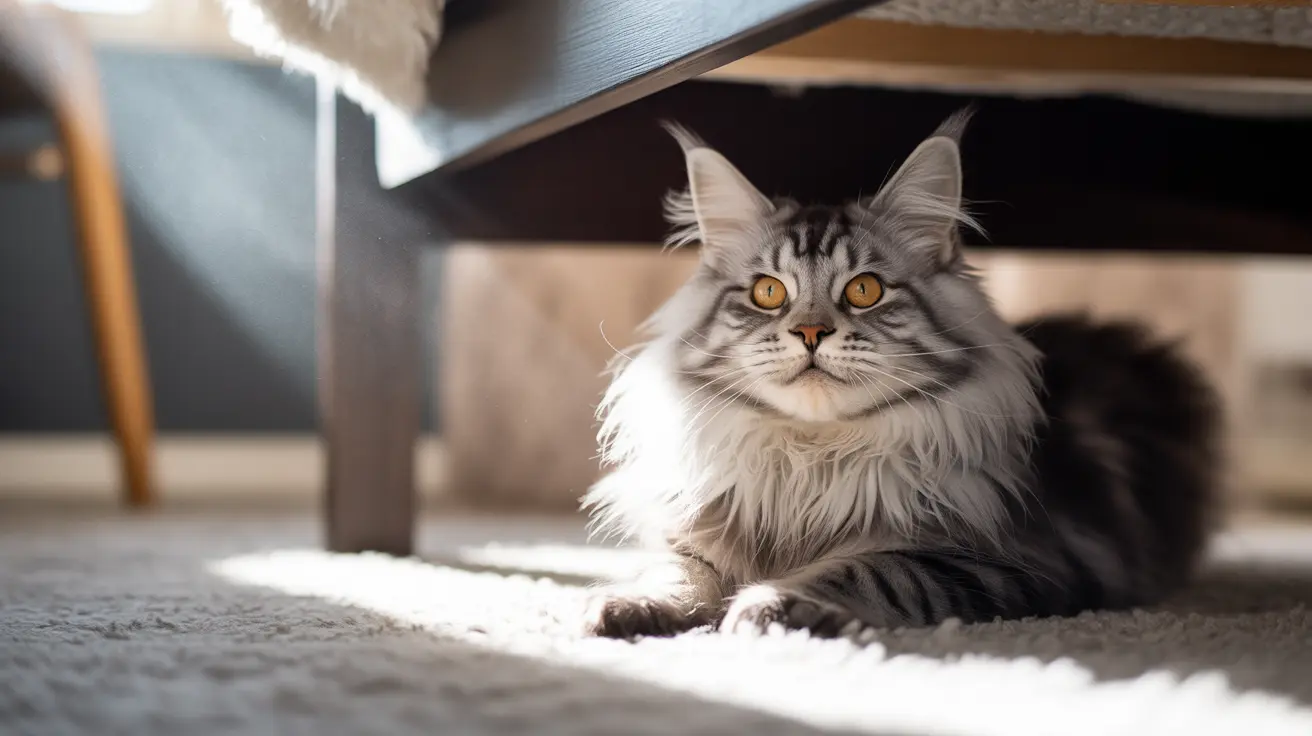Are Alaskan Klee Kai Good Family Dogs?
The Alaskan Klee Kai is a captivating breed that captures the essence of a Husky in a much smaller, more manageable size. Originally developed in the 1970s by Linda Spurlin, the breed was created to be an energetic companion with the looks of a sled dog and the personality fit for family life. But are these dogs truly suitable for families? Let’s explore their characteristics, behaviors, and care requirements to find out.
Understanding the Breed
Derived from a mix of Alaskan Huskies, Siberian Huskies, American Eskimo Dogs, and Schipperkes, Alaskan Klee Kai means “little dog” in Athabaskan. The breed's defining features include a wedge-shaped head, erect triangular ears, and a symmetrical facial mask, resembling a miniature husky. They are classified into three sizes:
- Toy: Up to 13 inches, up to 9 lbs
- Miniature: 13–15 inches, 10–15 lbs
- Standard: 15–17.5 inches, 16–25 lbs
These dimensions make them compact yet agile, suitable for both apartments and homes with yards.
Temperament and Personality
Klee Kai are intelligent, curious, and highly alert. They form strong bonds with their families and tend to be reserved or cautious with strangers. This trait can be managed with proper socialization from a young age.
Families will appreciate their playful and affectionate nature. However, patience with small children might vary between individuals. Early and consistent exposure to kids and pets will help shape a well-rounded adult dog.
Communication and Expression
One special trait is their tendency to “talk.” These dogs use an impressive range of vocalizations, including:
- Barking
- Howling
- Grumbling
- Chirping and purring-like sounds
This communication style makes them engaging companions but may require management in quieter households or apartments.
Exercise and Stimulation
Despite their small size, Alaskan Klee Kai are high-energy dogs. They need regular physical and mental activities to stay content. Suitable activities include:
- Long daily walks or jogs
- Hiking and exploration
- Agility and obedience sports
- Interactive toys and puzzle feeds
Their stamina may surprise first-time owners, but they are also known to enjoy relaxing near their humans when their energy is properly directed.
Adaptability to Living Conditions
Thanks to their size and cleanliness, Klee Kai are well-suited for apartment living—as long as their exercise needs are met. They tend to be fastidious and dislike mess, making them easy to live with indoors. However, they may resist getting dirty or wet.
Grooming and Maintenance
The Alaskan Klee Kai has a double coat consisting of a soft undercoat and coarser outer hair. Grooming routines should include:
- Weekly brushing (daily during shedding)
- Occasional bathing
- Regular nail trimming
- Dental and ear care
They shed year-round, with increased loss during spring and fall. Fortunately, they lack the typical “doggy odor.” Show standards avoid excessive trimming for a neat appearance.
Training and Behavior Management
Klee Kai are intelligent and eager to learn, yet often stubborn or independent-minded. Positive reinforcement and consistency work best. Early participation in puppy classes promotes good manners and confidence.
Owners should be aware of their escape artist tendencies. Fenced areas should be secure, and walks should always be on-leash to manage their prey drive.
Health Considerations
Alaskan Klee Kai are generally healthy but can be susceptible to certain conditions, including:
- Patellar luxation
- Autoimmune thyroiditis
- Juvenile cataracts and other eye issues
- Heart murmurs
- Factor VII deficiency (blood clotting disorder)
Responsible breeders screen for these genetic issues. Regular vet visits and home health checks will keep issues in check, particularly for eyes, ears, and nails.
Diet and Nutrition
A proper diet matched to life stage and activity is essential. Common recommendations include:
- High-quality commercial or home-prepared food
- Veterinary guidance
- Portion control to prevent weight gain
- Moderate treat intake
Some may be picky eaters, so finding a palatable and balanced option may take trial and error.
Ideal Homes and Family Suitability
Families best matched with an Alaskan Klee Kai are:
- Active and able to provide daily engagement
- Patient with training and socialization
- Comfortable with a vocal breed
- Present at home regularly (not away for long hours)
They thrive in family units that treat them as involved companions rather than background pets.
Conclusion
Alaskan Klee Kai can make excellent family dogs when raised in environments that meet their emotional, physical, and social needs. Their intelligence, affectionate loyalty, and expressive personalities make them rewarding additions to active households. With proper care, they develop into engaging and adaptable pets that steal hearts—big personalities in small bodies.





